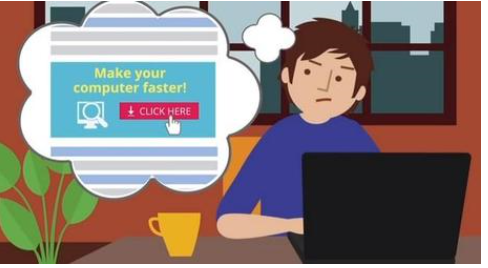How to spot Malware?
With cyber security becoming more and more of an issue, it important that users learn to recognize possible threats and how to protect themselves. You are responsible for your computer’s security and it is your job to be aware of at least the most obvious signs that something is not right.

There are various kinds of malware out there and they all aim to do different things. There are very serious infections such as Trojans that get into your computer and can then steal your private information, including bank details, or ransomware that will encrypt your files and demand money from you. Then there are less serious infections, such as adware or browser hijackers.
Three tips for spotting malware
They aim to generate income by exposing you to advertisement content and while those threats themselves are not very serious, they can lead you to something much more malicious. Here are a couple of simple signs to look out for to prevent possibly serious consequences.
- Slow system
This is not such a obvious sign but if your computer is suddenly working noticeably slower than usual, it could be caused by some kind of malicious program. Your browser might also crash more often and load websites much slower.
- Intrusive advertisements and pop-ups
Ads and pop-ups are nothing new to users but if you start seeing more than usual, you might have a problem. A very clear sign of an infection is redirects and pop-ups. If you enter a website and suddenly get redirected or a pop-up appears, you might have adware installed. Especially, if you had no problems with ads on that site before. Those adverts are very obvious, usually flash on your screen and offer questionable downloads or services. If these pop-ups and ads keep appearing, that could be a sign of some kind of infection.
- Unauthorized changes to your browser
This is a very noticeable sign and even those who have little experience with malware will realize that something is not right. If you open your browsers, whichever one it may be, and constantly get redirected to one particular website, do not ignore the problem. Some users might not think twice about the changes and simply try to restore the modified browser’s settings but they will quickly realize that it is not possible. So if you find that your homepage has been altered without your permission and you are unable to change the settings back, that is a clear sign of an infection.
These are only the most basic symptoms of a malware infection and sometimes you might not even notice them. For users who are actively using the Internet, it might be a good idea to look into some kind of protection tool that could spot threats when you do not.